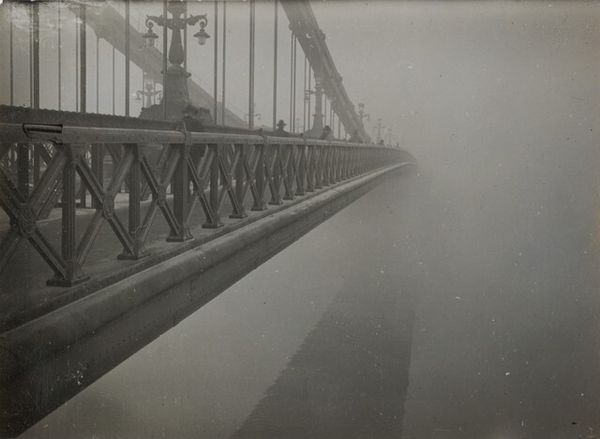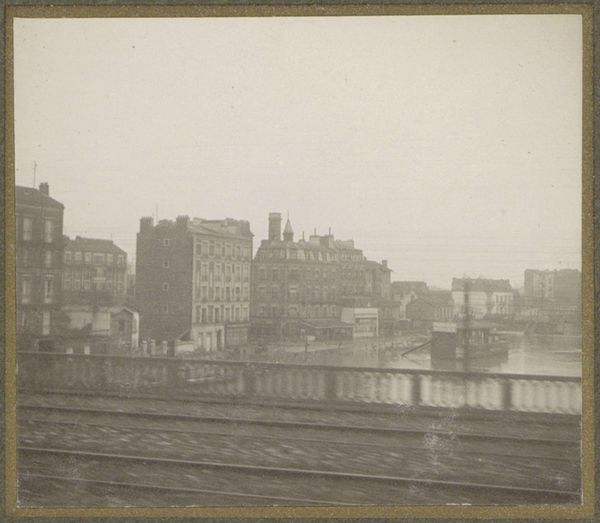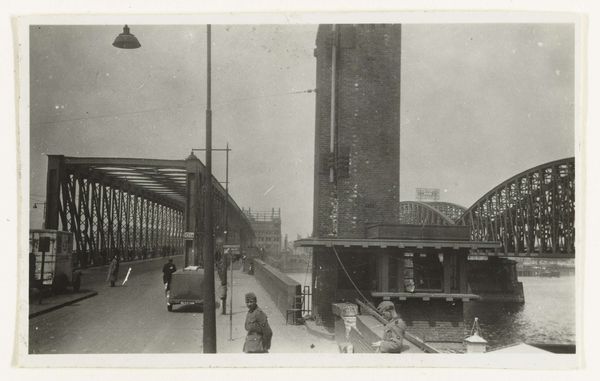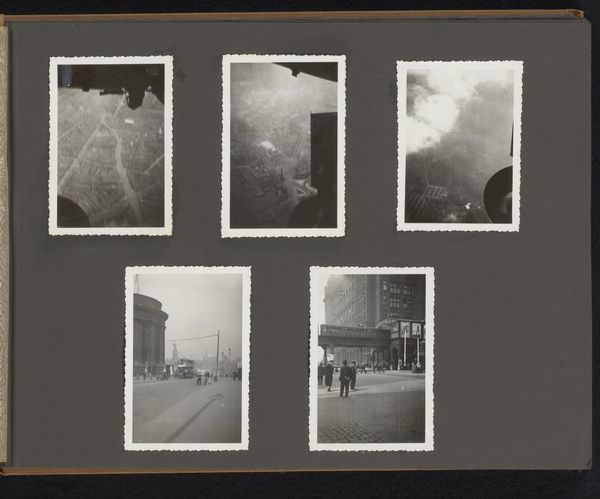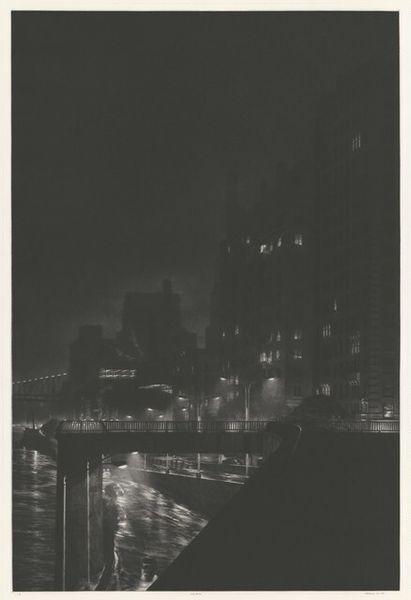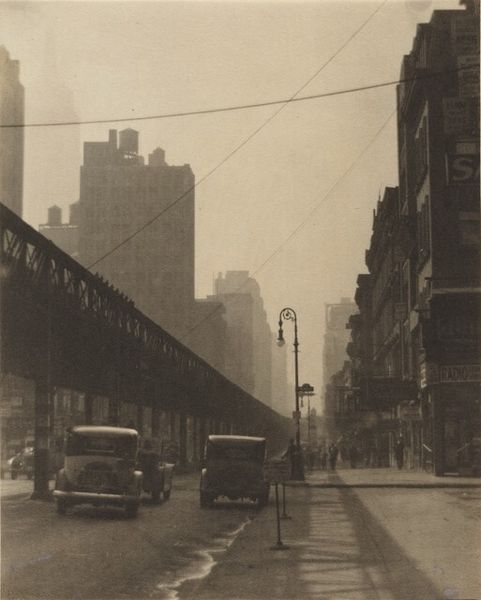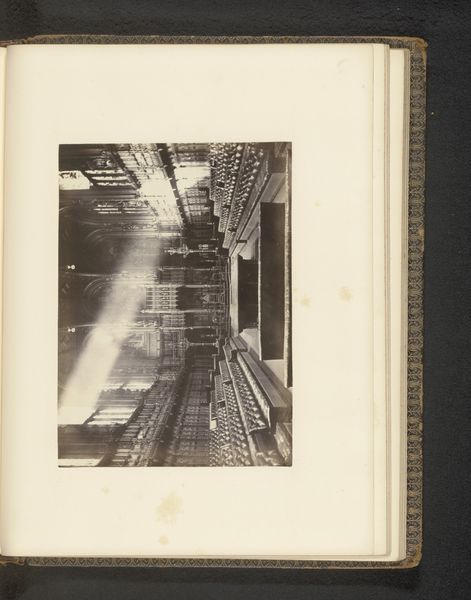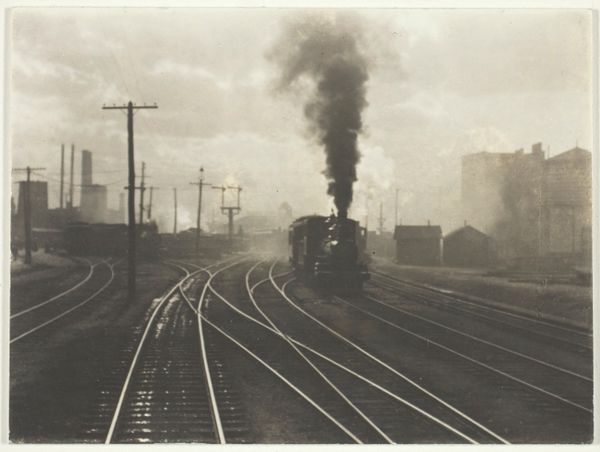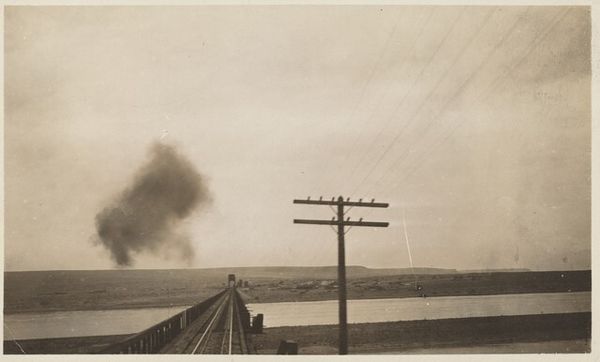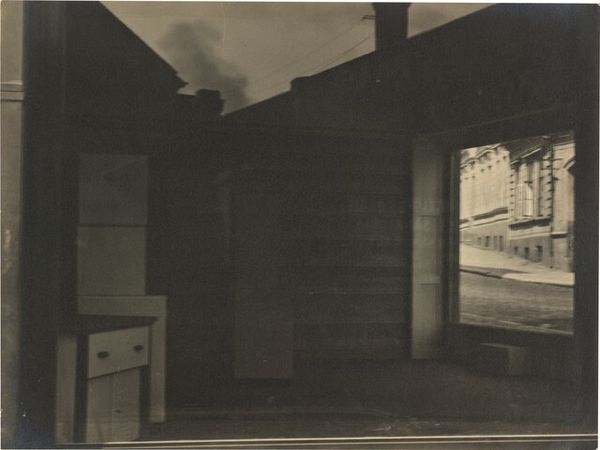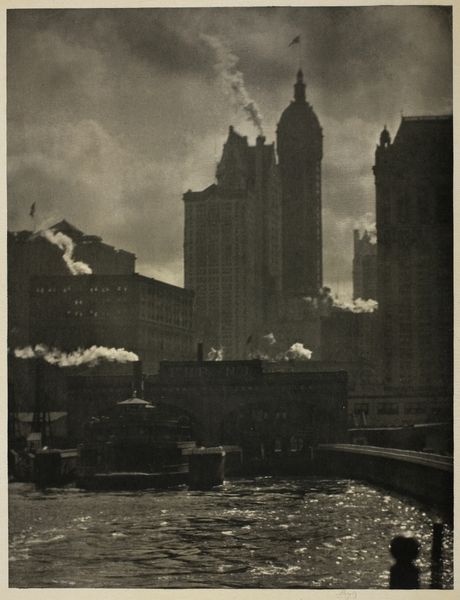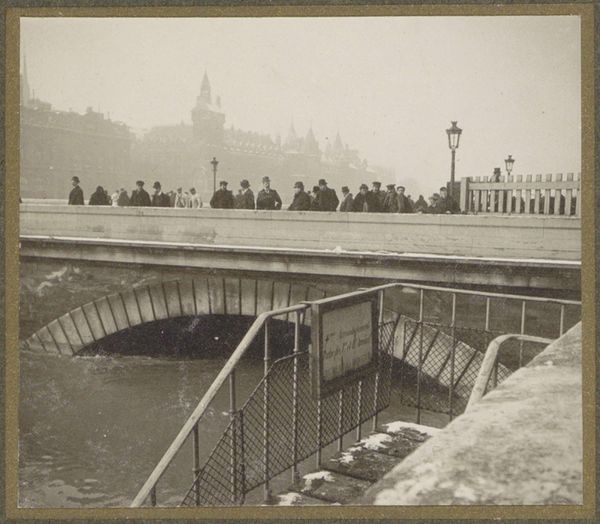
print, photography
# print
#
outdoor photo
#
street-photography
#
photography
#
monochrome photography
#
cityscape
#
realism
#
monochrome
Dimensions: sheet: 20.2 x 25.2 cm (7 15/16 x 9 15/16 in.)
Copyright: National Gallery of Art: CC0 1.0
Editor: Robert Frank's 1951 photograph, "Train Tracks, Paris," printed as a monochrome photograph, really evokes this atmosphere of industrial grit. It's…stark. What jumps out to you in this piece? Curator: For me, it’s about the interplay of industry and urban life. Think about what it took to produce this image, the manufacturing of the film, the camera itself, the darkroom equipment. Even the city depicted relied on the same forces. Frank doesn't shy away from showcasing the urban landscape shaped by these systems. The steam seems to simultaneously reveal and conceal the labor beneath, doesn’t it? Editor: Absolutely, the steam almost feels like it’s consuming the buildings, hinting at the social cost of industrial advancement. But why choose Paris for such a critique? Curator: Well, post-war Europe was experiencing rapid reconstruction, heavily influenced by capitalist models and manufacturing. Frank isn’t just showing a pretty picture; he's capturing a moment where tradition confronts the realities of mass production and consumption. The image then serves as a critique of the means through which Europe was rebuilding and calls us to analyze the relationship between the reconstruction and its impacts. Does this interpretation resonate with you? Editor: Yes, it reframes the photo, thinking of it not just as an urban landscape but as a snapshot of a specific point in economic and industrial development. Curator: Precisely. And it raises questions about how photographic practices, materials and labor shape our understanding of progress itself. It helps us view the social context within which photography is made, too, rather than focus just on aesthetic value. Editor: I see now how Frank's choice of material – the photographic print – becomes part of the statement itself, a reflection of the very processes he seems to be questioning. Thanks for your insights! Curator: My pleasure. Considering art from the viewpoint of its production allows us to explore and develop further meanings.
Comments
No comments
Be the first to comment and join the conversation on the ultimate creative platform.
